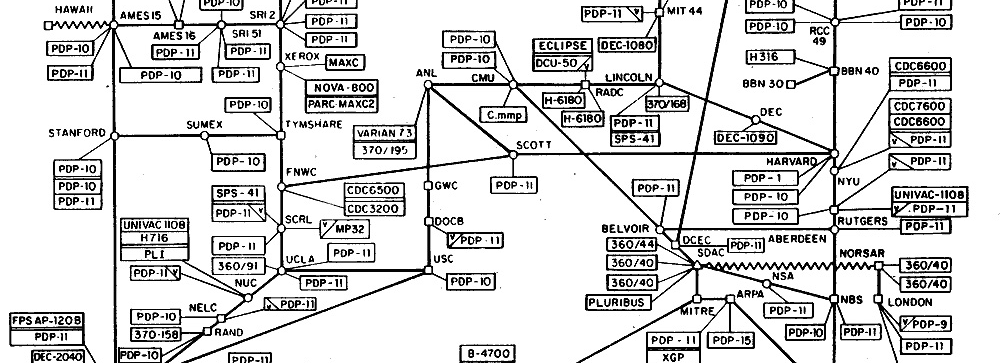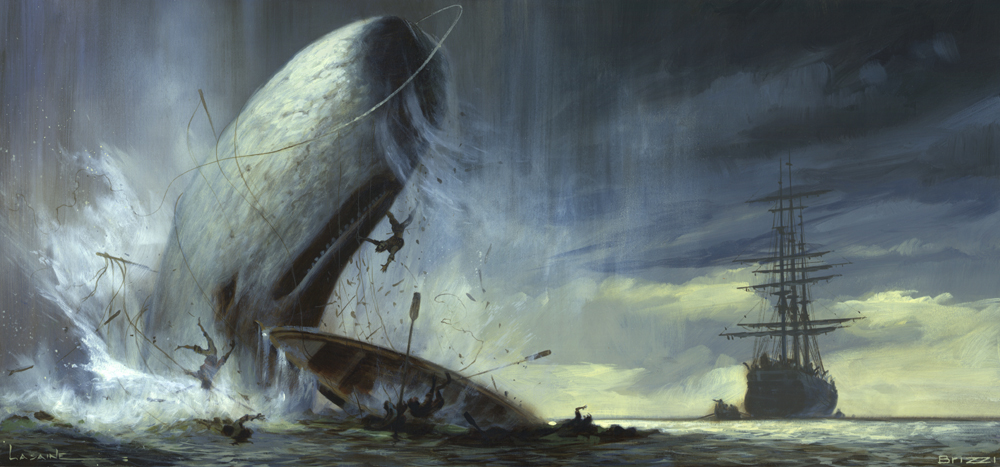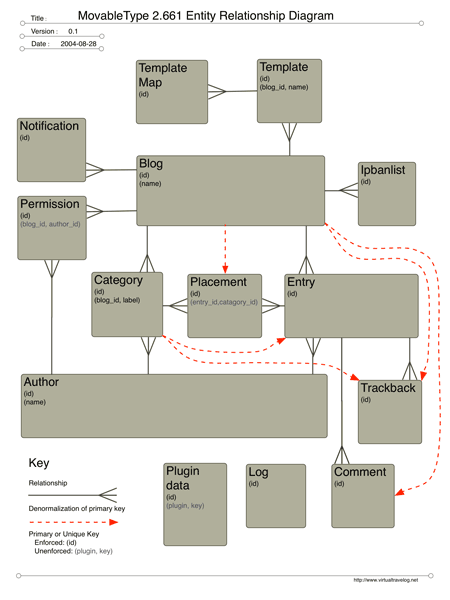My rating: 4 of 5 stars
I have been interested in the work of Stuart Kauffman since I first read about him 10 years ago. I have read his other book “At Home in the Universe” and so wanted to read this one. I find Kauffman very difficult to read, but worth the effort. This time I took notes as I was reading, which helped a great deal. Part of the reason I find him so interesting is that his books are, for me, a view into a mind on the edge of discovering something significant. I’m not sure Kauffman will actually discover whatever it is he is closing in on, but he’s barking up the right tree and its fascinating to watch him wrestle with his problems.
His books are a blend of hard scientific fact, his own studies, and his own speculation. He’s usually pretty good at identifying the difference but the way he switches between topics and draws parallels across widely differing disciplines can sometimes be hard to follow.
I really wanted to give the book 5 stars but can only muster 4. Kauffman starts strong but finishes weak. The last two chapters on the need for a global ethic and the value of calling the reinvented sacred “God” do not seem to follow from the rest of the book and seem a bit of a compromise. It would be a 3 if not for the flashes of genius.
Initially Kauffman explains emergence, both epistemoligical (emergent properties cannot be deduced from lower level properties) and ontological (emergence of real entities that are independent of their component parts). He compares this convincingly with the multi-platform argument for turing machines and goes on to argue that life is both ontologically and epistemologically emergent. He points out that life is probably platform independent having likely switched from RNA to DNA as the main carrier of genetic information billions of years ago. Then he argues that evolution is also platform independent operating on emergent features – genes that build complex organs like hearts that bestow advantages on individuals.
He goes on to define a minimal definition of life: self reproducing, bounded, having at least one receptor to sense the environment and able to perform one, or more workcycles. From here he builds a case for meaning and value , stating that Agency implies semiosis: Receptors detect “signs” the “meaning” of these are interpreted by the agent which then assigns a “value” and then “does” something. He claims that meaning, value and actions are ontologically emergent and therefore independent of their underlying implementation.
Kauffman spends some time explaining the difference between ordered and chaotic networks and how many naturally occurring networks seem to sit on the boundary between the two states where diversity of behavior and range of information = entropy can be maximized. He suggests that many familiar networks; the biosphere, the economy and individual cells are such poised networks that tend to maximize diversity.
Darwinian preadaptation is Kauffmans trump card. A darwinian preadaptation is one in which an existing adaptation proves to be a significant advantage in a new or changed environment. If ontological emergence is common in complex networks and these networks are poised to maximize diversity then Darwinian preadaptaions must be common. But darwinian preadaptations are not prestateable. They are emergent functions that can only be discovered in the context of the entire biosphere. This means it is hopeless to try to predict the biosphere. It’s not just a matter of being difficult and requiring a large amount of computing. It’s is literally impossible. You cannot even state the initial conditions let alone run the calculation.
And this then is Kauffmans new reinvented sacred, the unending and unpredictable creativity that is inherent in the universe.
He throws in a speculative chapter on mind and the quantum origins of consciousness and rounds off with two chapters on ethics and god which don’t really convince.
All in all rather scattered and difficult to read but brilliant non the less. This is the journal of a smart man grappling with discoveries at the edge of human knowledge. Kauffman tries to answer the question “what does it all mean” without retreating to religious mumbo-jumbo. He takes a stab at an answer that is both invigorating and hopeful..




